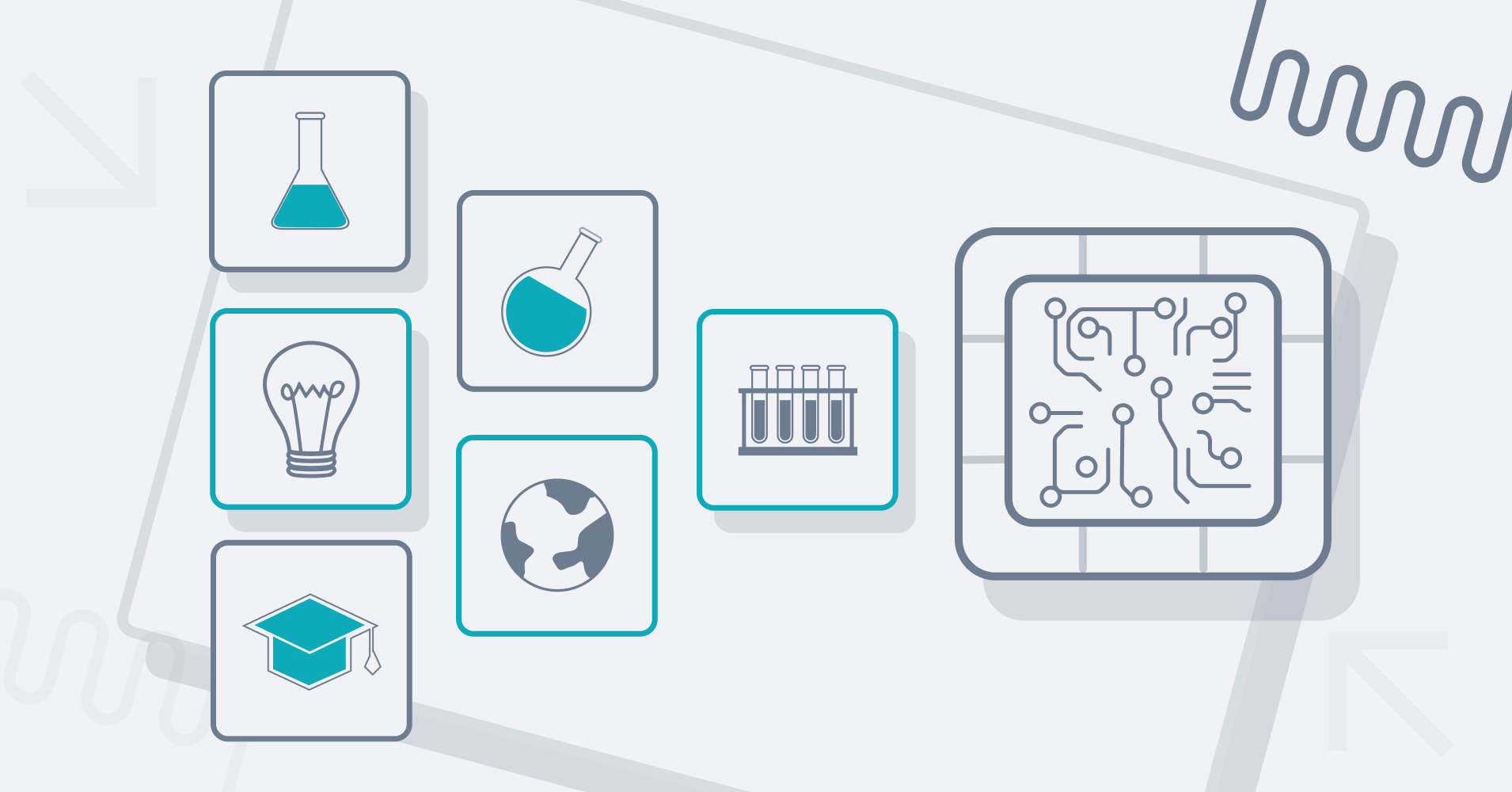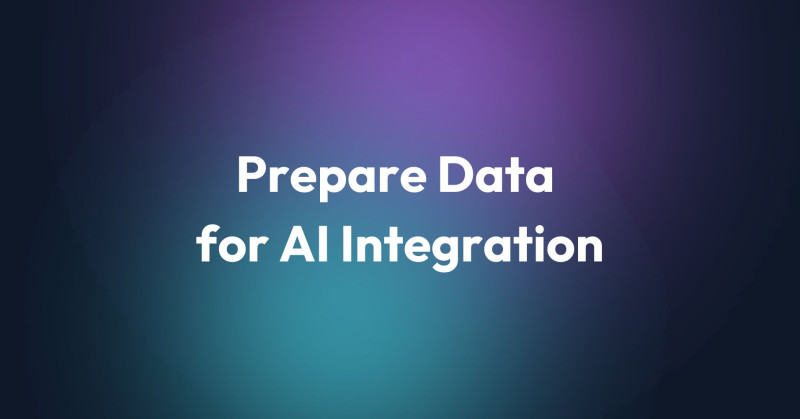Imagine a classroom where students from remote villages in Africa sit alongside their peers from urban New York, both receiving the same quality of education, despite the vast differences in their environments. This scenario, once a distant dream, can become a reality thanks to the power of technology.

The barriers that once defined educational access—geographical location, economic status, and availability of resources—are gradually being dismantled. As we continue to innovate and implement new technologies, the gaps that have traditionally separated students around the world are closing, bringing us closer to an era of truly equitable education.
From this article, you will learn:
How Artificial Intelligence (AI) is transforming education by providing personalized learning experiences and supporting teachers with insights and automated tools.
The impact of e-learning platforms on making high-quality education accessible to students in remote or underserved areas, with flexible, self-paced learning options.
What Educational Technology (EdTech) encompasses, including interactive tools like whiteboards and collaboration platforms that enhance engagement and cater to diverse learning needs.
The challenges and limitations of integrating technology in education, such as the digital divide and issues with data privacy.
Real-world case studies that illustrate the successful implementation of technology in bridging educational gaps across various regions.
Technology and Education: Historical Background
The integration of technology into education is not a new concept. The first significant wave began with the introduction of personal computers in schools during the 1980s and 1990s. These early efforts, though groundbreaking at the time, were limited by high costs and accessibility issues. As the internet became more widespread in the late 1990s and early 2000s, the landscape began to shift more dramatically. Online resources, e-learning platforms, and educational software started to supplement traditional teaching methods. However, the reach of these tools was still uneven, often benefiting students in wealthier, urban areas far more than those in rural or low-income communities.
The COVID-19 pandemic acted as a catalyst, accelerating the adoption of technology in education at an unprecedented pace. Schools worldwide were forced to adapt quickly to remote learning, highlighting both the potential of technology to bridge educational gaps and the glaring inequities in access that still existed.
The Importance of Equal Access to Education
Education is often referred to as the great equalizer, a pathway to opportunities that can break the cycle of poverty and uplift entire communities. Yet, without equal access, this promise remains unfulfilled for many. Disparities in educational access lead to broader social and economic inequalities, perpetuating a cycle where those who are already disadvantaged are left further behind.
Equal access to education ensures that every student, regardless of their background, has the opportunity to reach their full potential. It fosters a more inclusive society, where talent and ambition are not constrained by one’s socioeconomic status. Technology plays a crucial role in leveling the playing field, providing tools and resources that can reach even the most underserved communities.
Trends and Innovation in Use of Technology in Education
Technologies can pave the way for a future where education is accessible to all, regardless of geographic, economic, or physical barriers. Let's take a closer look at some of the trends and innovations.
Artificial Intelligence: Integrating Technology into Education
Artificial Intelligence is redefining education with its ability to create highly personalized learning experiences. AI-driven systems analyze data from students’ interactions with educational content, identifying their strengths and areas for improvement. For instance, if a student struggles with a particular math concept, AI can recommend tailored exercises or instructional videos to address this gap. This kind of personalized support was previously unattainable in traditional classrooms, where teachers had to manage the diverse needs of many students simultaneously.
Beyond personalized learning, AI also serves as a powerful tool for educators. It provides insights into student performance, highlighting trends and potential issues before they become significant problems. For example, AI can identify students at risk of falling behind, allowing teachers to intervene early with additional support. This not only enhances the learning experience but also reduces the administrative burden on educators, freeing up time for more direct interaction with students. Additionally, AI-powered tools can assist in grading and providing feedback, ensuring consistency and reducing the time required for these tasks.
Read more: Best Practices for Ethical AI Implementation
AI's potential extends further with the development of AI tutors, which offer one-on-one support to students, mimicking the role of a personal tutor. These systems are particularly valuable in regions with a shortage of qualified teachers, as they can provide students with access to high-quality educational support regardless of their location.
E-Learning: The Future of Digital Learning
E-learning platforms have surged in popularity, revolutionizing how education is delivered and accessed. These platforms offer a wide range of courses, often spanning multiple subjects and skill levels, and are frequently available at little to no cost. This accessibility is a game-changer, particularly for students in remote or underfunded areas, who can now access the same high-quality educational resources as their peers in more affluent regions.
One of the major advantages of e-learning is its flexibility. Students can learn at their own pace, revisiting challenging material as needed and progressing once they have mastered a topic. This self-paced learning model is especially beneficial for adult learners or those with irregular schedules, as it allows them to fit education around other commitments.
E-learning also facilitates access to a broader range of subjects than might be available in a traditional school setting. For instance, a student in a rural area might have limited access to specialized courses, such as advanced sciences or foreign languages. Online platforms can fill this gap, offering courses taught by experts from around the world. Additionally, these platforms often incorporate interactive elements, such as quizzes, discussion forums, and virtual labs, which enhance engagement and help solidify learning.
Educational Technology (EdTech)
EdTech, short for educational technology, encompasses a wide range of digital tools and platforms designed to enhance the teaching and learning process. These technologies are transforming classrooms by integrating interactive, multimedia resources that cater to diverse learning styles.
A key example of EdTech in action is the use of interactive whiteboards. These tools combine the traditional chalkboard with digital capabilities, allowing teachers to display multimedia content, annotate in real time, and engage students in interactive activities. This not only makes lessons more engaging but also helps cater to different learning preferences, whether visual, auditory, or kinesthetic.
EdTech is also increasingly being used to support collaborative learning. Platforms such as Google Classroom or Microsoft Teams enable students to work together on projects, even when they are not physically in the same location. These tools facilitate communication, document sharing, and real-time collaboration, mirroring the teamwork that students will encounter in the workplace.
Moreover, EdTech is vital in creating inclusive learning environments. Tools like speech-to-text software, screen readers, and customizable digital interfaces help students with disabilities access educational content in ways that suit their needs. This inclusivity is crucial in ensuring that all students, regardless of their abilities, have equal opportunities to succeed in their education.
How Technology Transforms Education?
The impact of these technological advancements is profound. In many cases, technology has enabled students who were previously excluded from formal education to engage in learning for the first time. For instance, virtual classrooms have allowed students in conflict zones or isolated communities to continue their education despite physical barriers. Similarly, online platforms have opened up new opportunities for lifelong learning, enabling adults who missed out on traditional schooling to gain new skills and qualifications.
Moreover, technology has the potential to significantly improve educational outcomes. Studies have shown that students who use technology in interactive and engaging ways tend to have better retention and understanding of material. The ability to learn at one’s own pace, coupled with instant feedback from AI systems, helps to reinforce concepts and build confidence in learners.
Challenges and Limitations
Despite the promising potential of technology in education, there are significant challenges that must be addressed. One of the most pressing issues is the digital divide—the gap between those who have access to modern information and communication technologies and those who do not. This divide is often exacerbated by socioeconomic factors, with low-income families less likely to have access to devices and reliable internet connections.
Even when access is available, there are concerns about the quality of technology integration. In some cases, technology is used to replace traditional teaching methods rather than enhance them, leading to a “drill and kill” approach where students are merely memorizing information rather than engaging in meaningful learning. This is particularly prevalent in underfunded schools, where resources for proper implementation and training are lacking.
Furthermore, the reliance on technology raises questions about data privacy and the security of student information. As more educational activities move online, ensuring that data is protected becomes increasingly important.
Technology in the Classroom: Use Cases
Several successful initiatives demonstrate how technology can effectively bridge the educational gap. In Brazil's Amazonas region, for example, instructional television (ITV) has been used to reach students in remote areas where traditional schooling is not feasible. This program has allowed thousands of students to receive an education that aligns with the national curriculum, despite the geographical challenges.
In sub-Saharan Africa, mobile learning initiatives have provided basic education to children in rural villages. These programs often use simple mobile phones to deliver lessons in literacy and numeracy, making education accessible even in areas without internet access. Another example is the use of AI-driven tutoring systems in Ghana, where computer-aided instruction has helped improve literacy rates among students in under-resourced schools.
What's the Connection Between ESG goals and Equal Access to Education?
ESG (Environmental, Social, and Governance) is a framework used by organizations to assess their sustainability and ethical impact. The "Social" component of ESG, in particular, connects directly to issues like equal access to education.
The connection lies in the broader goals of promoting social equity, reducing inequality, and contributing to sustainable development, all of which are central to responsible corporate governance.
Social Responsibility and Human Capital Development
Companies that prioritize equal access to education are investing in the development of human capital, which is a critical aspect of the "Social" component of ESG. By ensuring that all individuals, regardless of their background, have access to quality education, companies help build a more skilled and diverse workforce. This, in turn, can lead to greater innovation, productivity, and long-term economic growth, aligning with ESG goals.
Reducing Inequality
Equal access to education is a key factor in reducing social inequalities. Companies that integrate educational initiatives into their ESG strategies contribute to creating a more equitable society. This can involve supporting educational programs in underserved communities, providing scholarships, or investing in educational technologies that make learning more accessible. Such efforts are often highlighted in ESG reports as part of a company’s commitment to social equity and community development.
Sustainable Development Goals (SDGs)
The United Nations' SDG 4 focuses on ensuring inclusive and equitable quality education for all. Companies that align their ESG strategies with the SDGs often emphasize their contributions to education as part of their social impact. By promoting equal access to education, they not only fulfill a key social responsibility but also contribute to global sustainability goals.
Risk Management and Long-Term Value Creation
From a governance perspective, companies that invest in education are often seen as mitigating risks related to social instability and economic disparity. These investments are viewed as creating long-term value for both the company and society by fostering a more educated and capable population, which can lead to more stable markets and communities.
Impact of Technology on Education Sector
In the 21st century, it is clear that technology will play an increasing role in education. The potential for technology to bridge the educational gap is immense, offering new ways to deliver quality education to every corner of the globe. However, this potential can only be fully realized if we address the challenges that accompany it, ensuring that technology serves as a tool for empowerment rather than a source of further division.
By fostering inclusive, thoughtful, and well-implemented technological solutions, we can create an educational system that truly leaves no one behind. The future of education is not just about advancing technology; it’s about advancing equity, ensuring that every student, regardless of their circumstances, has the opportunity to learn, grow, and succeed.





















